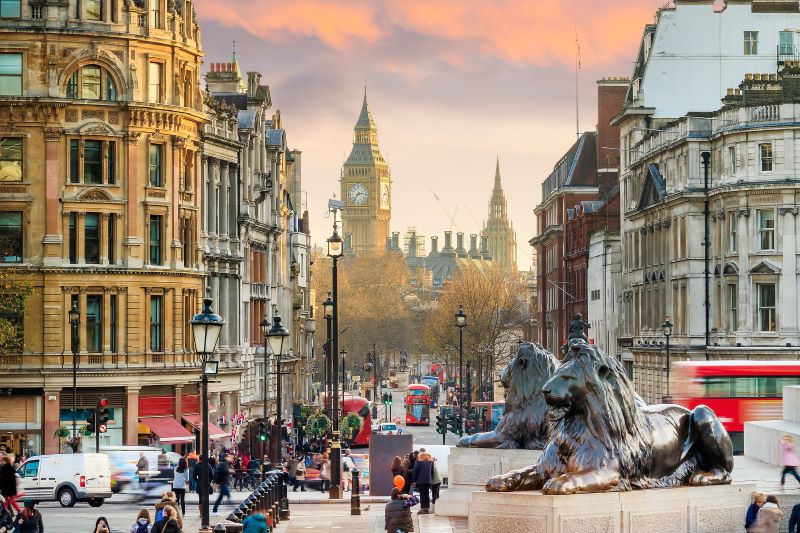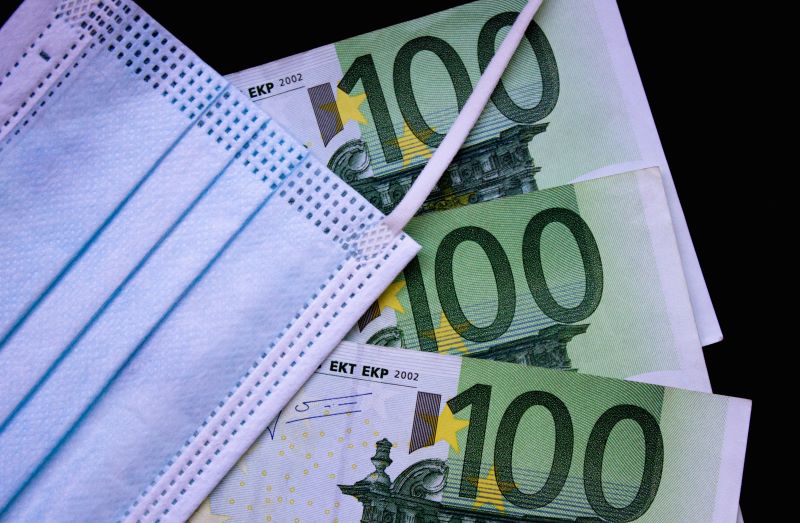It now appears very likely that the membership of the IMF will approve a special drawing rights (SDR) allocation equivalent to as much as $675 billion. This is good news. It will provide some immediate relief to countries that are liquidity constrained because of the health and economic crises resulting from the COVID-19 pandemic.
But for many rich countries the increased SDRs will not be of much use. They already have the fiscal and monetary tools and borrowing space to support their economies through the pandemic and its aftermath and adequate reserves. (For example foreign reserves for the G7 countries stand at about US$2.5 trillion combined, while their share of a $675 billion SDR allocation would be about US$290 billion.)
Is there a way that these new “excess” SDRs in rich countries could be used to help poorer countries, that will be liquidity and budget constrained even after they received their SDRs?
There are several things to keep in mind in putting together a plan:
-
The SDRs function like a credit line—they give countries the means to access useable currencies (dollars, euros, pounds, yen, renminbi).
-
They are functionally equivalent to a country’s foreign exchange reserves—the currencies countries hold, usually at their central bank, to guard against foreign exchange shortages.
-
Thus, each country has its own laws about who controls SDRs (e.g., the central bank, the ministry of finance) and how they can be transferred to others.
Asking rich countries to use their SDRs to assist other countries is the same as asking them to use their foreign exchange reserves for that purpose. This has been done before, for example by countries lending to the IMF’s Poverty Reduction and Growth Trust (PRGT), but on a very limited basis. Perhaps rich countries will be more generous with these “newfound” assets in a time of global crisis, but domestic political dynamics will inevitably come into play.
Any reallocation needs to be designed to show that the reserves are being “well-used.” Here are some ideas about how to make a reallocation from rich to poor countries useful as well as politically and legally palatable:
-
Make reallocations voluntary but set a target so the global community can aim at something. (For example, if there were an SDR allocation equivalent to US$675 billion, setting a target of 15 percent of the G20’s allocation would amount to US$69 billion).
-
Pool the reallocations into one or two pots of money from which disbursements can be made to many countries.
-
Decide where these “pots” of SDRs will be held. Keeping them in the IMF and then asking the IMF to manage their allocation to countries in need would be simplest.
-
Keeping the SDRs within the IMF also means they can continue to function as reserves. This will make a reallocation more attractive to the central bankers in rich countries – and they are the ones who usually “own” the SDRs. Interest would also be paid on reallocations if they were made to the PRGT as in the past.
-
Decide what the money should be used for—options include general budget support, pandemic-related expenditure, climate-friendly investment, human capital investment, and others. The closer the intended use is to the IMF’s core business of supporting balance of payments need, the easier it will be for the IMF to serve as implementing agency and the faster the money will go out the door. The administrative complexity of moving the SDRs out of the IMF and/or setting up new instruments and facilities will be high and will delay disbursements.
-
The reallocation of SDRs alone will not be enough. There may be a need for concomitant changes in the instruments and policies of the implementing agency. New arrangements will need more complex political consensus and technical work and take time.
-
Disburse the money as loans, not grants—this keeps its “reserve-like character.” Otherwise, it becomes expenditure by the rich countries, and it will be more difficult to get the reallocation accepted.
-
Loans to low-income countries from the SDR “pots” should be concessional—low interest rates with long maturities—and loans to middle-income countries should be at favorable interest rates. (Resources will have to be found to support the interest rate subsidy needed to make loans concessional and assure lenders that their loans are secure.)
-
Only loan the money to countries who can absorb the loans both economically and in a way that does not put them in a precarious debt situation.
-
In deciding what the money should be used for, figure out who is going to monitor its use and how. Remember money is fungible across budget lines.
A lot of these ideas will run counter to what proponents of more aid to low-income and middle-income countries are espousing. If the international community wants to give grants for specific endeavors, including support for vulnerable countries in debt distress, then there are host of other ways to do this—bilaterally or through the World Bank or multilateral development banks.
CGD blog posts reflect the views of the authors, drawing on prior research and experience in their areas of expertise.
CGD is a nonpartisan, independent organization and does not take institutional positions.







